
In the electric control system of oil drilling rigs, PROFIBUS serves as an advanced industrial communication protocol, providing a stable and reliable communication platform for the automation control of drilling rigs. PROFIBUS has been widely used in electric drive systems due to its mature technology, high reliability, and modular functionality. It can connect various sensors, actuators, and control devices, achieving high-speed data transmission and simple point-to-point or master-slave communication, thereby ensuring the precision and efficiency of the drilling rig control system..
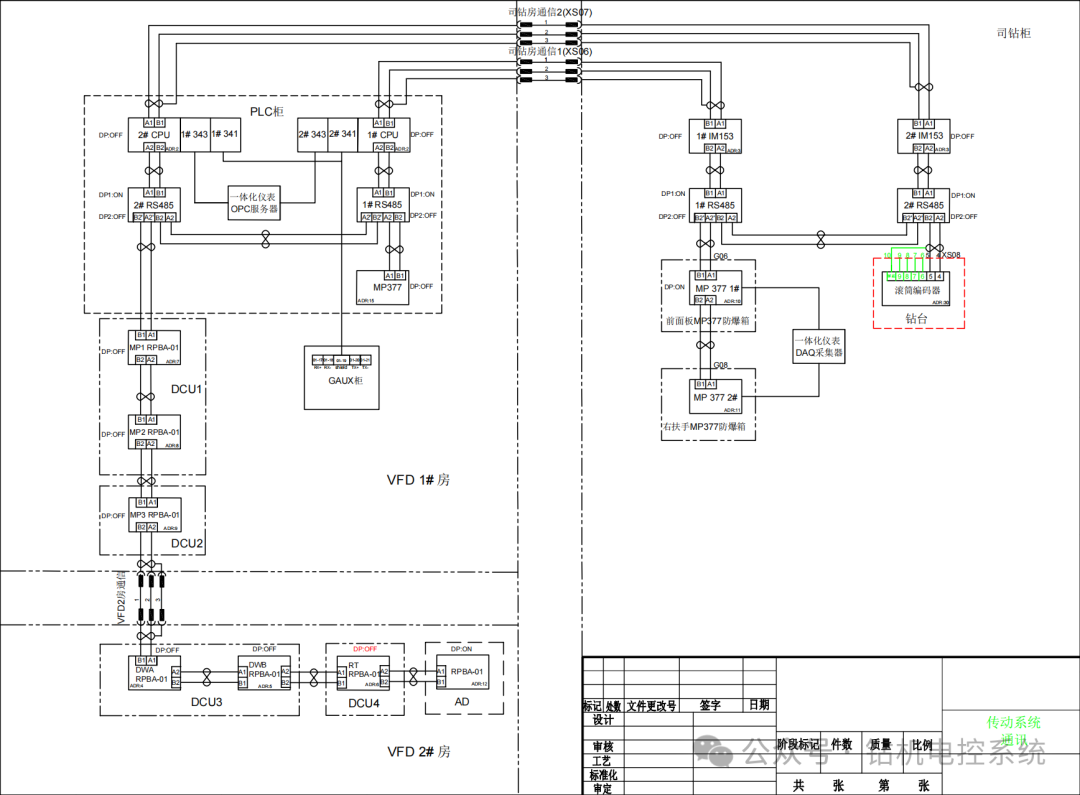
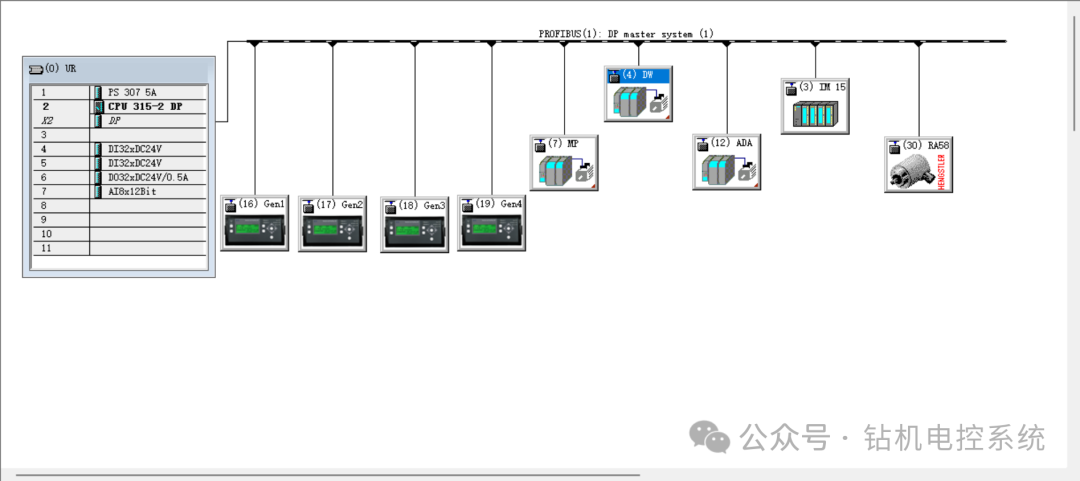
The essence of PROFIBUS network communication is RS485 serial communication, involving hardware such as: PROFIBUS interface, communication medium, PROFIBUS connector, repeater, diagnostic repeater, OLM, and active termination resistors.
1 PROFIBUS Interface
The PROFIBUS interface is an RS485 serial port, generally using a SUB-D female connector, with pin definitions as follows:
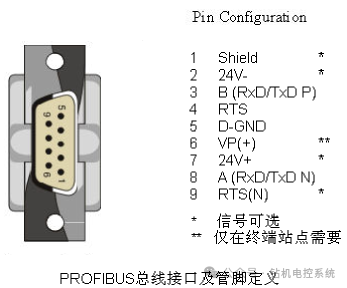
Generally, CPU or CP boards use this interface. The external metal part of this interface is usually connected to the “PE” inside the CPU or CP. When the CPU is installed on the base plate, its “PE” is connected to the base plate. If the base plate is grounded in the electrical cabinet, the external metal part of this SUB-D interface is also grounded.
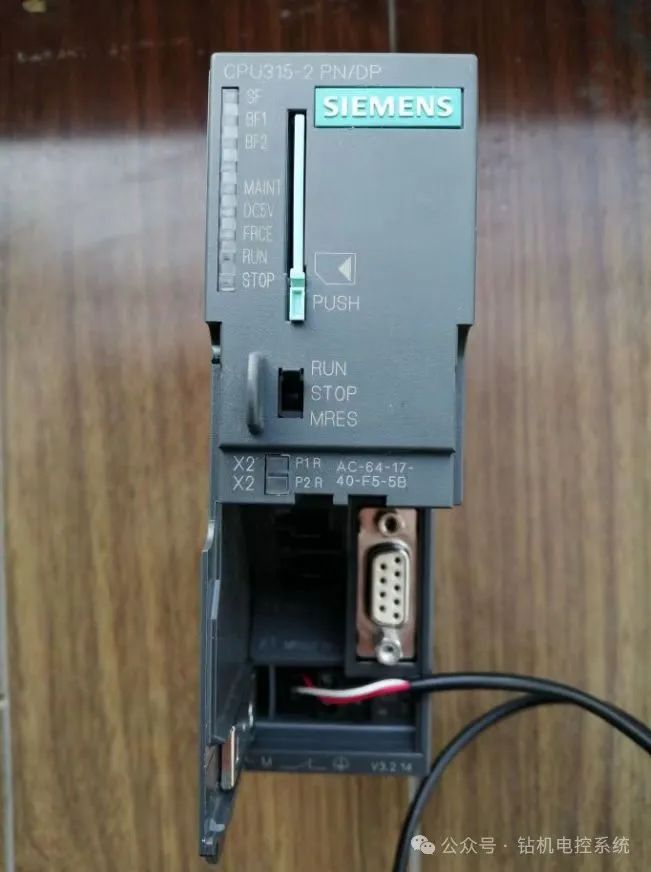
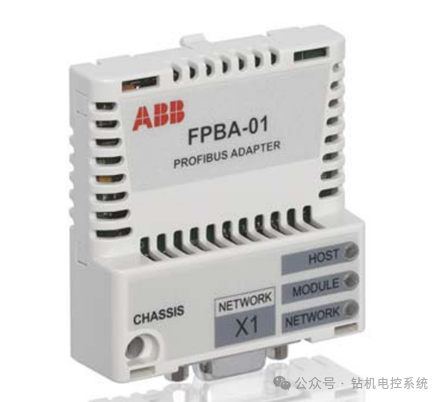
2 PROFIBUS Cable
The standard PROFIBUS cable is a shielded twisted pair cable, with two data lines: A – green and B – red, connecting to pins 3 (B) and 8 (A) of the DP interface. The cable is wrapped with two layers of shielding: a braided mesh and aluminum foil, with a purple outer sheath.
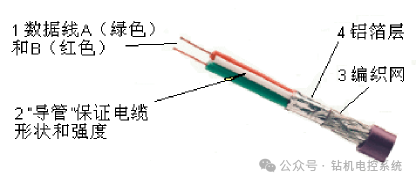
3 PROFIBUS Connector
The PROFIBUS connector is used to connect the PROFIBUS cable and the PROFIBUS stations.
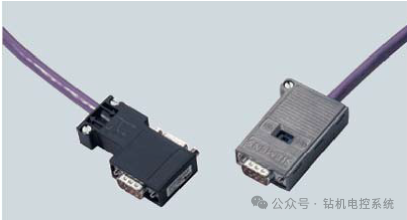
On the PROFIBUS connector, there is an input port (In) and an output port (Out), which connect to the previous and next stations, respectively. When each station is connected through the connector and network cable to the network, according to the RS485 serial communication specifications, each physical network segment supports 32 physical devices, and termination resistors should be set at the terminal stations of the physical network segment to prevent surges and ensure communication quality. Each PROFIBUS connector has built-in termination resistors that can be turned on (On) or off (Off). When the termination resistor is set to “On”, it indicates the end of a physical network segment, thus interrupting the signal of the segment connected to the output port “Out”. Therefore, at the two terminal stations of each physical network segment, the network cable should be connected to the input port “In”, and the termination resistor should be set to “On”, while the stations in the middle of the segment should connect the network cable to both the input port “In” and the output port “Out”, with the termination resistor set to “Off”.
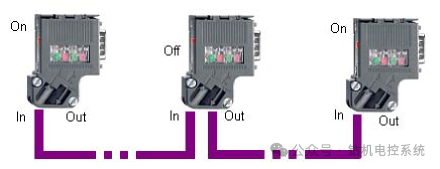
4 Termination Resistors
Termination resistors should be connected at both ends of the PROFIBUS cable. The termination resistors are used to eliminate signal reflections in the communication cable. There are two reasons for signal reflections during communication: impedance discontinuity and impedance mismatch. In a physical network segment, it should be ensured that there is one termination resistor at each end of the network, and no more or less should be added; otherwise, there will be a mismatch between the network cable on our bus and the termination resistors. This means that if there is a problem at the terminal station, it may affect the communication quality of the entire network, hence the use of the built-in termination resistors on the PROFIBUS connector.
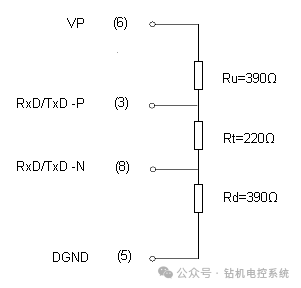
5 RS485 Repeater
According to the RS485 serial communication specifications, when the number of hardware devices in the network exceeds 32, or the communication distance corresponding to the baud rate exceeds the specified range, an RS485 repeater should be used to extend the network connection.
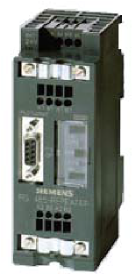
When using the RS485 repeater, several issues need to be noted:
1) Installation Issues
-
The RS485 repeater is divided into two network segments, where A1/B1 and A1’/B1’ interfaces are a PROFIBUS interface for segment 1, and A2/B2 and A2’/B2’ interfaces are a PROFIBUS interface for segment 2, while the PG/OP interface belongs to segment 1;
-
Signal amplification is achieved between segment 1 and segment 2; signals within the same segment cannot be amplified; therefore, networks requiring distance extension must be connected to segment 2;
-
The two segments are physically isolated, thus the RS485 repeater not only extends the segments but also provides network isolation.
-
These two segments refer to physical segments, which are unrelated to the PROFIBUS network configured in STEP7 hardware configuration; different physical segments can still belong to the same PROFIBUS logical network.
-
In the network topology, the RS485 repeater is also a signal transceiver device, occupying a physical device position, but does not require a station number to be assigned; thus, when physically connecting stations, the number of slave devices connected to each segment should be less than 32. The extended distance corresponds to the transmission distance for each baud rate.
2) Termination Resistor Setting Issues
Since the two interfaces belong to different physical segments, the setting of termination resistors on the repeater is often easily confused.
① The repeater as a terminal device for network extension
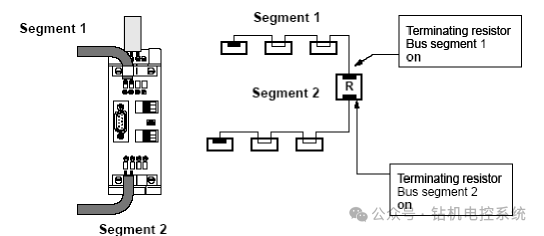
In this network topology, the repeater connects segment 1 and segment 2. Since the repeater is internally isolated, it acts as a terminal device for segment 1; thus, in segment 1, the PROFIBUS network cable should be connected to A1/B1, and the termination resistor for segment 1 should be set to “On”; similarly, for segment 2, the cable should be connected to A2/B2, and the termination resistor should also be set to “On”.
In this network, a maximum of 31 slave devices can be connected in both the upper and lower segments.
② The repeater as an intermediate device for network extension in both segments
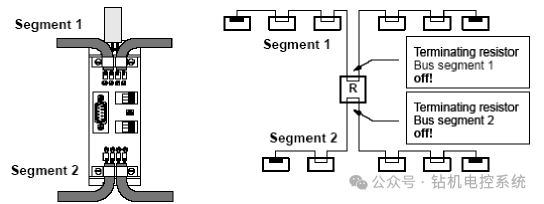
At this time, the repeater’s segment 1 and segment 2 are both intermediate stations in the network, meaning the termination resistors are set to “Off”. The total length of segment 1 is 200 meters (1.5M bps), and the total length of segment 2 is also 200 meters (1.5M bps). The two segments are electrically isolated.
3) Isolated Segments
The repeater not only amplifies signals and extends networks but also electrically isolates two different physical segments, thus avoiding EMC interference between the two segments.
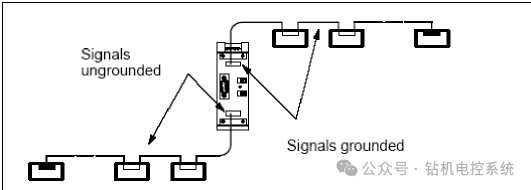
Since the segments are isolated, if the PE terminal is disconnected, the two segments can be connected separately as grounded and ungrounded segments.
